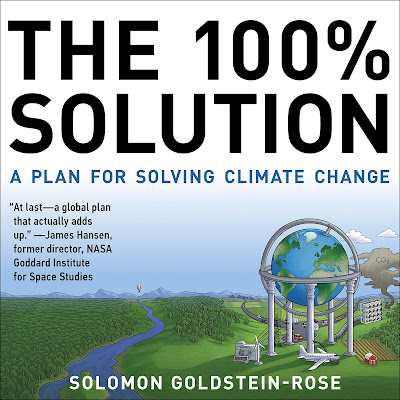Rivers are an essential component of the earth's ecosystem, serving as a vital source of water for millions of people, plants, and animals. However, in recent years, climate change has had a significant impact on the health of rivers and other freshwater systems. Rising temperatures, erratic weather patterns, and changing precipitation levels have all contributed to the decline of river health. In this article, we will discuss how we can help rivers in the face of climate change.
Reduce carbon emissions
One of the most important ways we can help rivers is by reducing carbon emissions. Climate change is caused by the buildup of greenhouse gases in the atmosphere, primarily carbon dioxide (CO2). Carbon emissions come from a variety of sources, including transportation, industry, and agriculture. By reducing our carbon footprint, we can slow down the pace of climate change, which will help rivers and other freshwater systems.
Support renewable energy
Another way to reduce carbon emissions is to support the transition to renewable energy. Renewable energy sources, such as solar and wind power, emit little or no carbon dioxide. By using more renewable energy, we can reduce the number of carbon emissions we produce and reduce the negative impact of climate change on rivers and other freshwater systems.
Plant trees and vegetation
Forests and other vegetation play a critical role in maintaining the health of rivers. Trees and other vegetation help to absorb excess water, prevent erosion and filter out pollutants. They also provide habitat for wildlife and help to regulate the temperature of rivers. By planting more trees and vegetation, we can help to protect rivers and other freshwater systems from the effects of climate change.
Reduce water consumption
Reducing water consumption is another way to help rivers in the face of climate change. As temperatures rise and precipitation patterns change, water becomes scarcer in many parts of the world. By reducing our water consumption, we can help to ensure that there is enough water for rivers and other freshwater systems. This can be achieved by taking shorter showers, fixing leaks, and using water-efficient appliances.
Support river conservation efforts
There are many organizations working to protect rivers and other freshwater systems from the negative impact of climate change. By supporting these organizations, we can help to ensure that rivers are protected for future generations. We can donate to organizations working to protect rivers and other freshwater systems, volunteer our time, and advocate for policies that support river conservation.
Reduce plastic pollution
Plastic pollution is a major problem for rivers and other freshwater systems. Plastic waste can clog waterways, harm wildlife, and release harmful chemicals into the water. By reducing our use of plastic and properly disposing of plastic waste, we can help to protect rivers and other freshwater systems.
Support sustainable agriculture
Agriculture is a major source of water pollution, with fertilizers and pesticides washing into rivers and other freshwater systems. By supporting sustainable agriculture practices, such as organic farming and crop rotation, we can help to reduce the negative impact of agriculture on rivers.
Reduce urban runoff
Urban runoff is another major source of water pollution. As rainwater flows across urban surfaces, it picks up pollutants such as oil, trash, and chemicals, which are then carried into rivers and other freshwater systems. By reducing urban runoff through the use of green infrastructure, such as rain gardens and permeable pavement, we can help to protect rivers and other freshwater systems.
Monitor and report pollution
Finally, we can help to protect rivers and other freshwater systems by monitoring and reporting pollution. If we notice pollution in a river or other freshwater system, we should report it to the appropriate authorities. This can help to ensure that the pollution is addressed and the river is protected.
In conclusion, rivers are a vital component of the earth's ecosystem, and climate change poses a significant threat to their health.
.jpg)
.jpg)
.jpg)





.jpg)